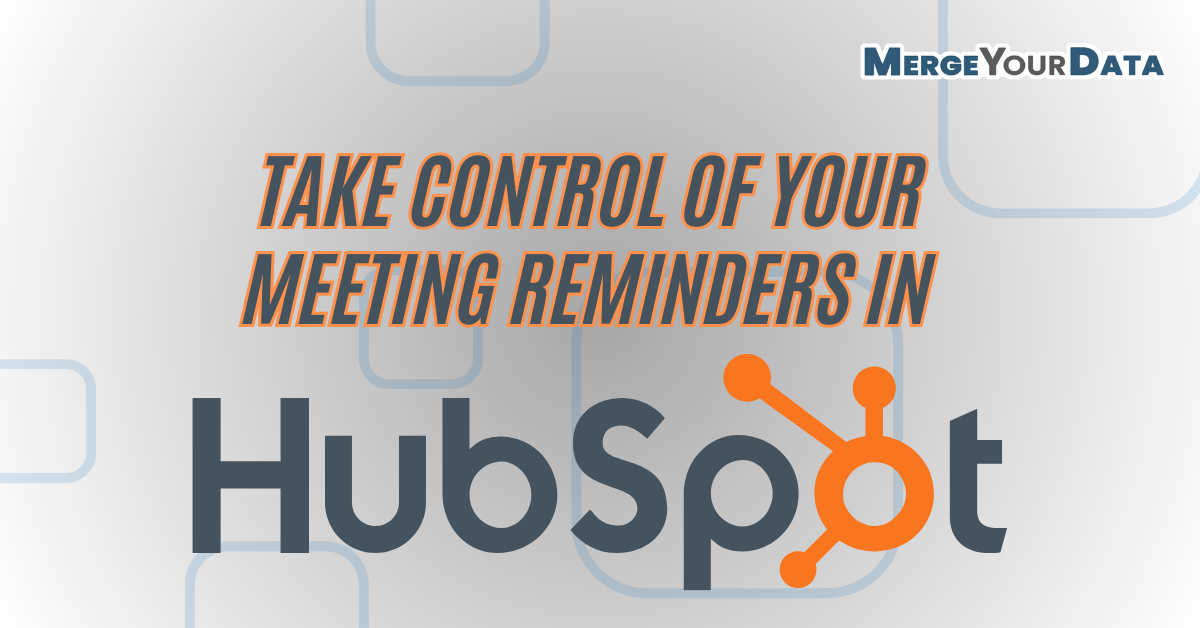How to Reduce Customer Acquisition Cost (CAC) with Data-Driven Strategies

CAC is one of the key metrics every business focused on growth needs to understand
In today’s business world, economic conditions are uncertain, and many companies are looking for ways to optimize their operations.
With economic headwinds hitting hard, businesses are tightening up and zeroing in on profitability. CAC is one of the key metrics every business focused on growth needs to understand. Let's explore how you can cut CAC quickly using data and signal analytics.
Why Reducing CAC Matters Now More Than Ever
Over the past few years, money was cheap. Venture capital was flowing, and businesses were less focused on the details of profitability. But things have changed—layoffs, tighter budgets, longer sales cycles, and higher targets have made profitability the name of the game.
Now, profit is the new priority. To stay competitive, businesses are forced to do more with less. This is where customer acquisition cost (CAC) comes in: the lower your CAC, the easier it becomes to scale efficiently.
What is CAC (Customer Acquisition Cost)?
CAC is a critical metric for growing businesses. Here’s the basic formula:
CAC = (Sales & Marketing Expenses) ÷ (Number of New Customers)
This equation includes everything tied to sales and marketing expenses—not just ad spend, but salaries, tools, software, and overhead. If you’re not accounting for all those expenses, you’re missing the full picture.
Two Ways to Reduce CAC (The Math)
To lower CAC, you have two options:
- Decrease your total sales and marketing expenses
- Increase the number of new customers acquired
While this seems straightforward, the real challenge lies in finding practical ways to apply these strategies effectively. That’s where data-driven decisions and signal analytics come into play.
Use Data and Signal Analytics to Cut CAC Fast
What is Signal Analytics?
Signal analytics is all about identifying the most impactful data points within your customer journey. Not every action or interaction matters equally when it comes to driving conversions. By focusing on high-value signals—the specific actions that have the biggest impact—you avoid wasting time and resources on unproductive efforts.
Applying the Pareto Principle to CAC
If you’re familiar with the Pareto Principle, you’ll know that 80% of your results often come from 20% of your efforts. We’ve found this pattern holds true when analyzing customer acquisition strategies.
For example, when we break down acquisition channels, just two channels may account for 80% of your revenue. Once you identify those channels, you can double down on them, refine your efforts, and cut spending on channels that aren’t delivering results.
Real-World Example of Signal Analytics in Action
When working with clients, we often analyze customer journeys across multiple channels. Here’s a typical breakdown:
- Channel 1 and Channel 2 deliver 80% of the new revenue.
- Signals within these channels—specific actions customers take—are responsible for most of the conversions.
By focusing resources on those key channels and signals, businesses can reduce marketing waste. For example, if competitor search ads aren’t converting, you can quickly cut that spend and reallocate the budget where it counts.
Step-by-Step Process to Reduce CAC Using Data
- Look at your data: Analyze your channels and customer journeys.
- Identify high-value signals: Apply the Pareto Principle—focus on the 20% of actions driving 80% of the results.
- Drill down further: Keep breaking down the data until you pinpoint the exact signals that matter most.
- Take action quickly: Shift budget away from underperforming channels and focus your efforts on the ones that deliver.
This approach helps you cut unnecessary expenses immediately, align your sales team’s efforts with high-value signals, and see results fast.
Final Thoughts
Reducing CAC is no longer optional in today’s economic climate—it’s essential. The key to success lies in leveraging your data and using signal analytics to focus on what works. Instead of trying to optimize every aspect of your marketing and sales funnel, identify the few critical signals that drive the majority of results.
If you can do this, you’ll not only lower your customer acquisition costs but also improve profitability across the board.
These blog posts are part of our 90 Day YouTube Sprint on Signal Analytics. If you align with what we're writing, book a strategy session with our team to see how these strategies can be applied to your business.





